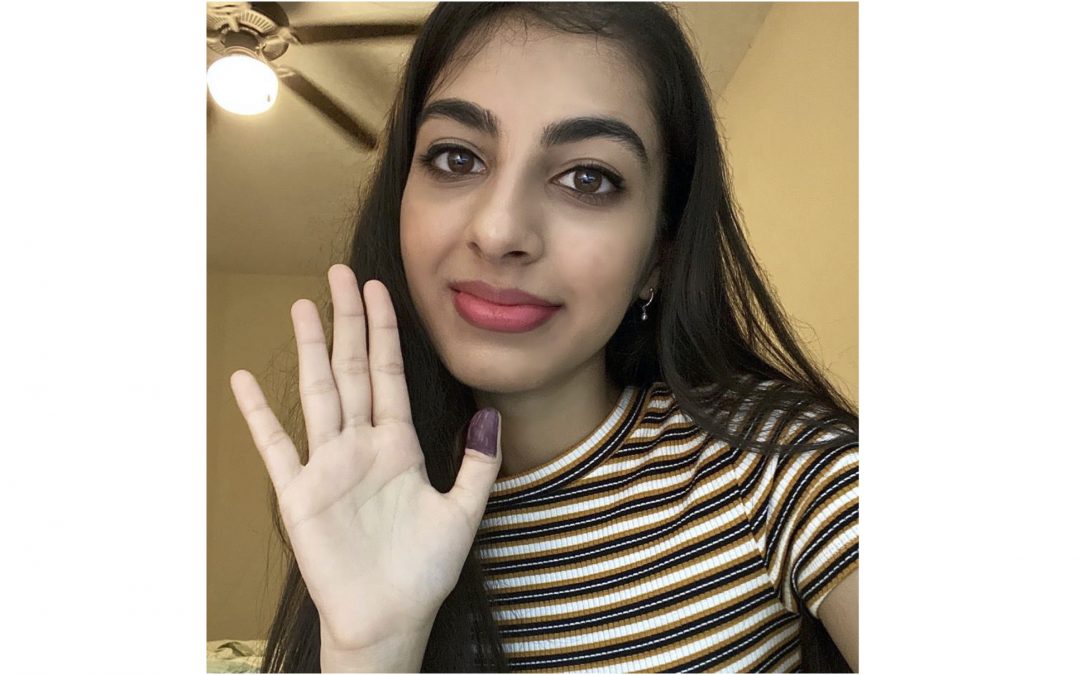By Anisha Agarwala
Anisha Agarwala is a 17-year old from Mission, Texas in the Rio Grande Valley. She is a senior at the UTRGV Math and Science Academy, is in the group Future Leaders in STEM, and works as the lead volunteer at the Upper Valley Art League, an arts initiative and community center.
Increasing poverty and unemployment rates, along with the stay-at-home orders in place mean many Americans do not have access to sufficient nutritional resources. Children especially are impacted as, according to the United States Department of Agriculture, 30 million children in the US rely on school for meals and are now at risk of going hungry. Food pantries across the nation are struggling to keep up with demand, as more and more families are struggling to put food on the table. This extends to a global scale, as the World Food Programme calculated that the current 130 million people who face food insecurity is expected to double by the end of 2020.
When the COVID-19 pandemic began devastating our nation’s health and economy, my initial reaction was fear and uncertainty. With the stay-at-home order in place I had doubts about if and how activism would be possible, especially without endangering myself and others. However, these sentiments were soon overpowered by a sense of frustration, as from the safety of my home I heard about individuals in my local community struggling with food insecurity during the pandemic.
The pandemic swept through my community, and within our four counties, the rate of positive COVID-19 cases is nearly twice as high as the rest of Texas. How could I personally help when the entire situation felt so hopeless and overwhelming? I expressed my concerns to the local community art center where I often volunteer, Upper Valley Art League. They were equally keen on organizing an event with our local food pantry, and together we took action. We contacted local businesses, made posters, and broadcasted the news through social media. Our main concern was safety protocol and how to maintain social distancing guidelines throughout the event. All the volunteers were required to follow a 6-feet social distancing protocol in addition to mandatory masks and gloves. Those who donated were required to place the materials in the trunk for a contact-free exchange. The support from the local community was overwhelming; we collected cans, donations, and packaged dry foods from car drop-offs. We surpassed all the donation goals we had set and struggled to tape shut the overflowing boxes we sent to the food pantry.
Reflecting on the events, I’m glad that I pushed aside the doubts I was feeling and took action. Any event that positively impacts those around us is significant and worthwhile. For those of us who are able to utilize our voice and take action, this action is more crucial now than ever. Activism can occur from the safety of our home in the form of letter writing campaigns and movie screenings or can occur publicly with the safety of social distancing protocols and protective equipment.
While we collected donations for the food pantry, we can also use our voice (whether in person or virtually) to impact policy. In the U.S. 100 Million is calling for $900 million to provide safe accessible food options for students and their families, to close the gaps in public school remote learning, provide a safe school environment for educators and students in the case of reopening, and ensure all children have appropriate access to education. This is part of our Justice for Every Child Campaign. Campaign action packs have ideas, information and tools for your advocacy!

